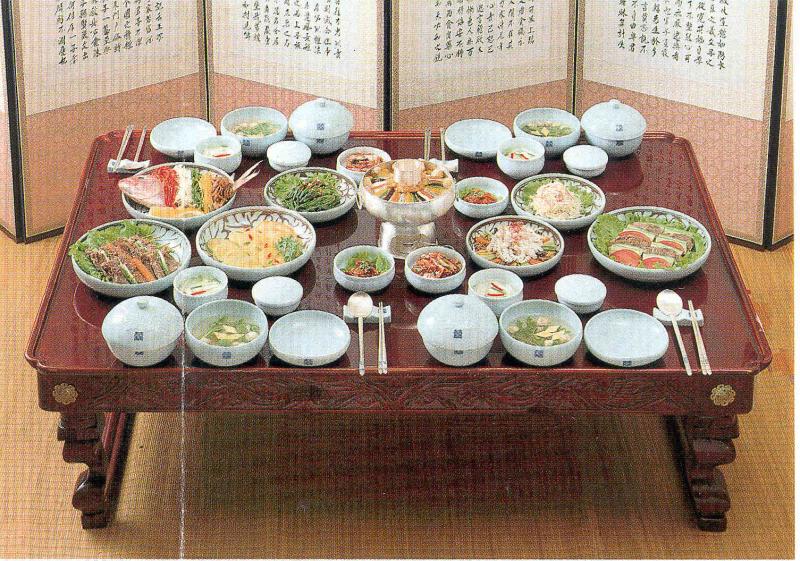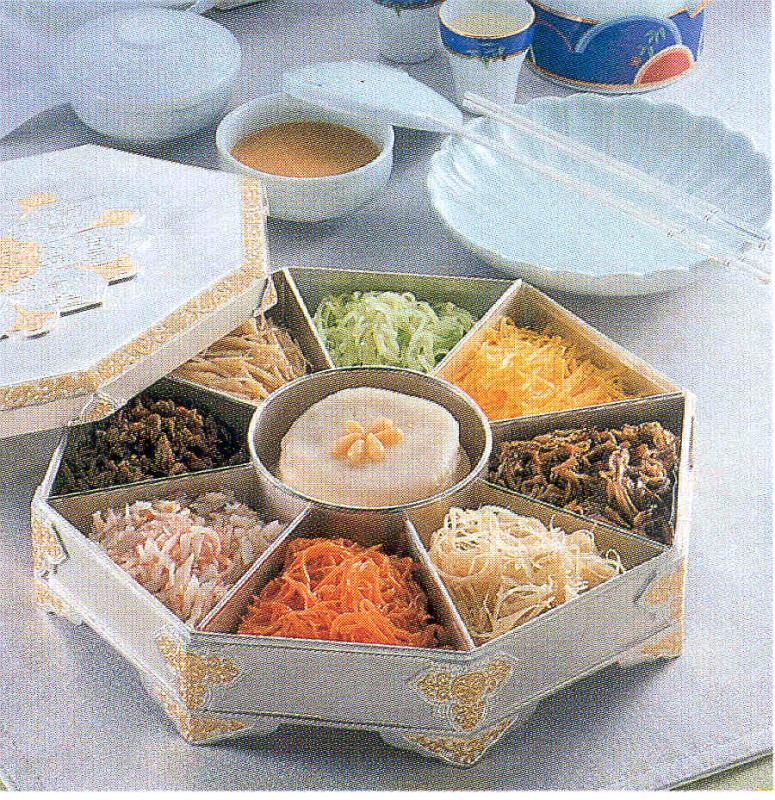I Learn To Love Kimchi

By Fr. Abe Sumalinog mssc
I’m now a missionary in Korea. Some years back before my ordination I did my Overseas Training Program here in Korea. That included going to the language school to learn Korean – the hardest part of the training. The Korean language is based on an alphabet like our own languages in the Philippines but it also uses Chinese ideographs or characters which are whole words in themselves; there are 30, 000 Chinese characters so you can imagine the challenge and the confusion for foreigners trying to read Korean. One has to learn two different and difficult languages at the one time!
Cultural Independence
The Korean alphabet was invented by King Sejong in the 13th century. Experts reckoned that the letters were derived from the lip and tongue formation. It has 14 consonants and 10 vowels. It is a tongue-twister language so you need a lot of air reserve to emphasize your words. The alphabet emerged at approximately the same time that European writers of the Renaissance were breaking away from Latin and beginning to write in their national languages. At this time, Korean writers began to renounce their cultural dependence on Chinese culture and the Chinese language.
Mission is Language Learning
Most people say that mission is being with the people, working with them and doing apostolate with them. But I realized that learning the language itself is already a mission or an apostolate. Language bears the total identity and culture of the people. While I was learning the language in school I learned more and understood more of the Korean way of living and their way of relating with others. Their language expresses their history, culture, and ways of thinking. It was difficult because I had to put aside my own prejudices, some habits and even my own culture in order to learn to cope up with another one.

Learning to Love Kimchi
But the most cultural thing in this pluralistic world is food. And most of my shocks when I first came to Korea were more physiological rather than psychological. I had to adjust to four different seasons and I had to learn to like new and strange foods. The most popular food in Korea is Kimchi – dried seaweed but it looked mashed and fried avocado leaves. I am not doing justice to it because there are hundreds of different menus for Kimchi. Now that I actually enjoy it means I am beginning to be inculturated. A good sign!
